1993 Lamborghini Ecovan (EV1) Electric Van Prototype
.png/v1/fill/w_320,h_320/file.jpg) Story Cars
Story Cars- Jan 3
- 2 min read

The 1993 Lamborghini Ecovan, also known as the EV1, was a bold departure from Lamborghini’s typical supercar lineup. Designed as an electric van, it was the result of a collaboration between Lamborghini Engineering, led by Mauro Forghieri, and the Italian electrical utility company ENEL. This project aimed to develop a practical urban vehicle for uses like freight, passenger transport, and municipal services, reflecting broader research into electric vehicles by Italian companies at the time.
The Ecovan had a compact, cab-over design that prioritized functionality over Lamborghini’s usual dramatic styling. It was built using lightweight composite materials, including a fiberglass foam structure, to improve efficiency. Powered by an electric motor producing 18 to 30 kW, depending on the driving mode, the van used either lead-acid or sodium-sulfur batteries. These configurations offered a range of 60 to 120 kilometers and a top speed of around 80 to 90 km/h. The design also incorporated a swappable battery system to simplify recharging and extend usability.

At least five prototypes were built by 1993, with plans to test them in ten Italian cities. Lamborghini aimed to produce 50 units for these trials and eventually expand to a fleet of 100. Despite these ambitions, the project faced significant challenges. Lamborghini was undergoing financial difficulties and ownership changes, making resources scarce. Early electric vehicle technology also presented performance and cost issues, ultimately leading to the project’s cancellation. Most of the prototypes were reportedly destroyed.
The Ecovan remains a mystery, with little documentation and only a few surviving photos. Some sources suggest the van may have briefly been used in urban trials, but these claims are unverified. The project resurfaced in 2011 during a Modena exhibition celebrating Mauro Forghieri’s career, where sketches and additional details provided new insights into its design and technical features.
Although the Ecovan was never mass-produced, it stands out as a unique experiment in Lamborghini’s history. It demonstrates the company’s willingness to explore new ideas, even if they diverged from the high-performance, luxury image it is known for. The Ecovan remains an intriguing chapter in Lamborghini’s story, representing a moment when even the most prestigious automakers explored the potential of electric vehicles.

































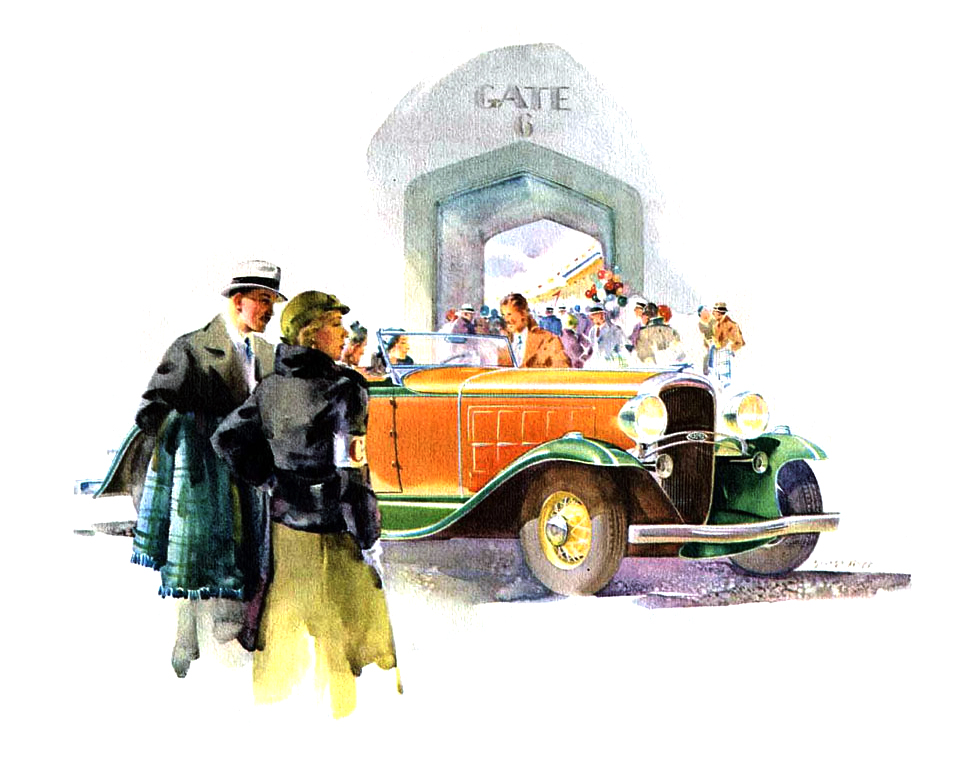
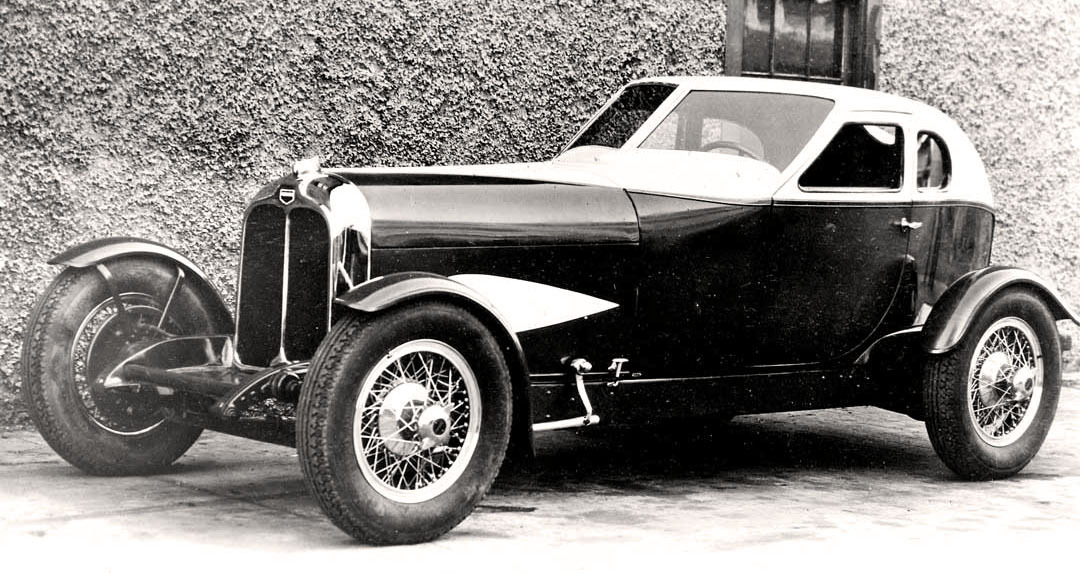
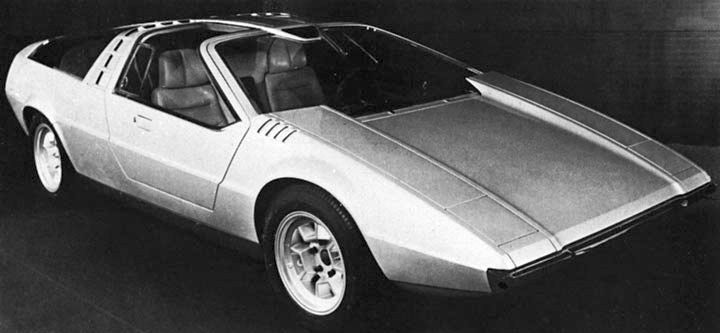






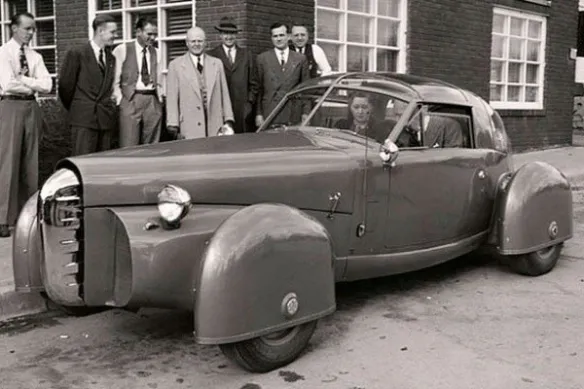



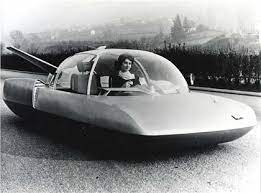

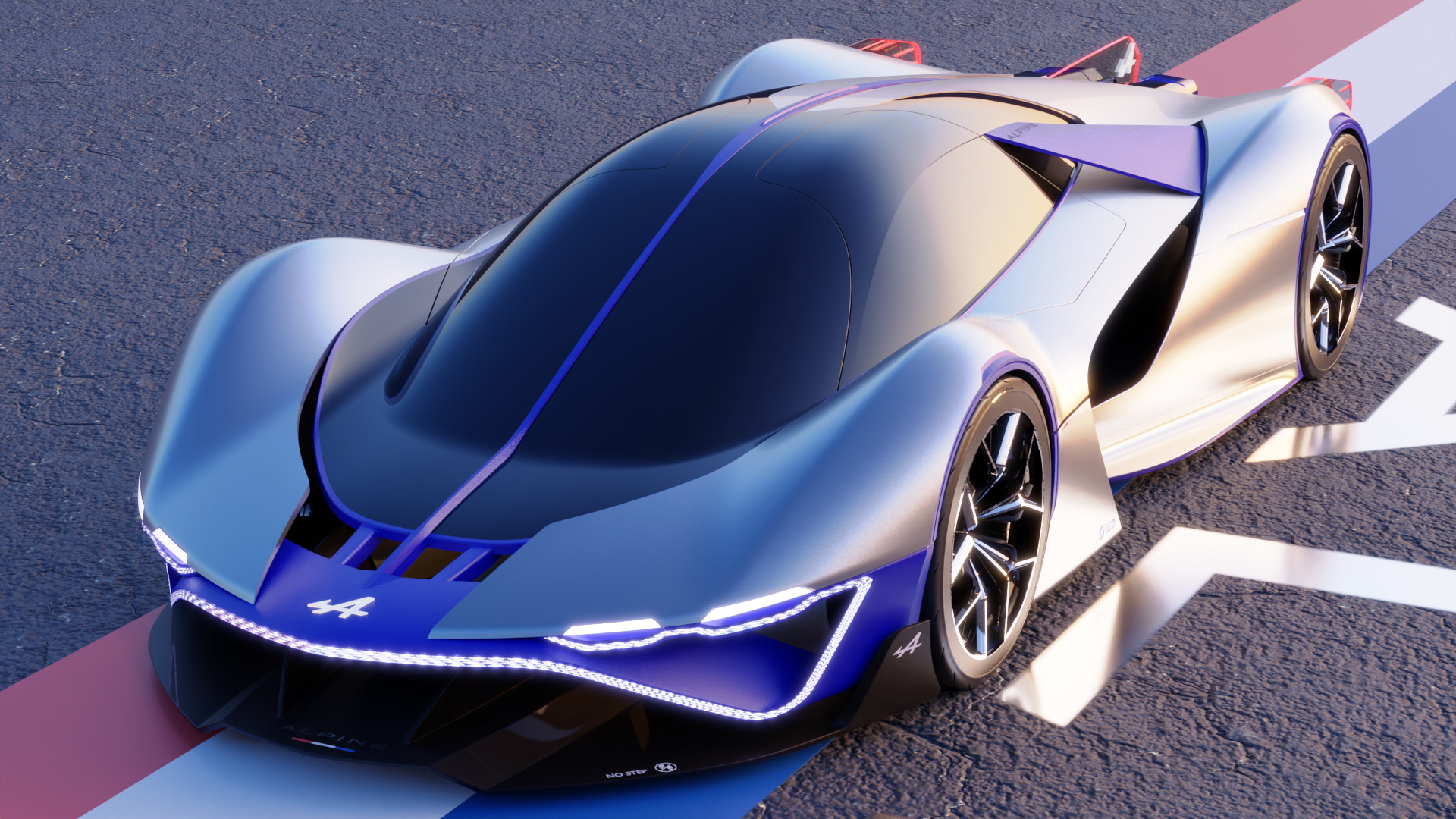
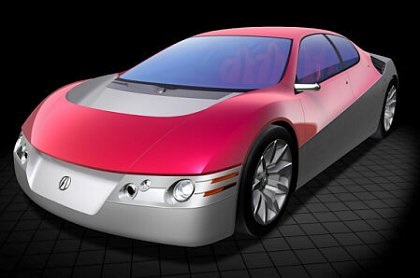

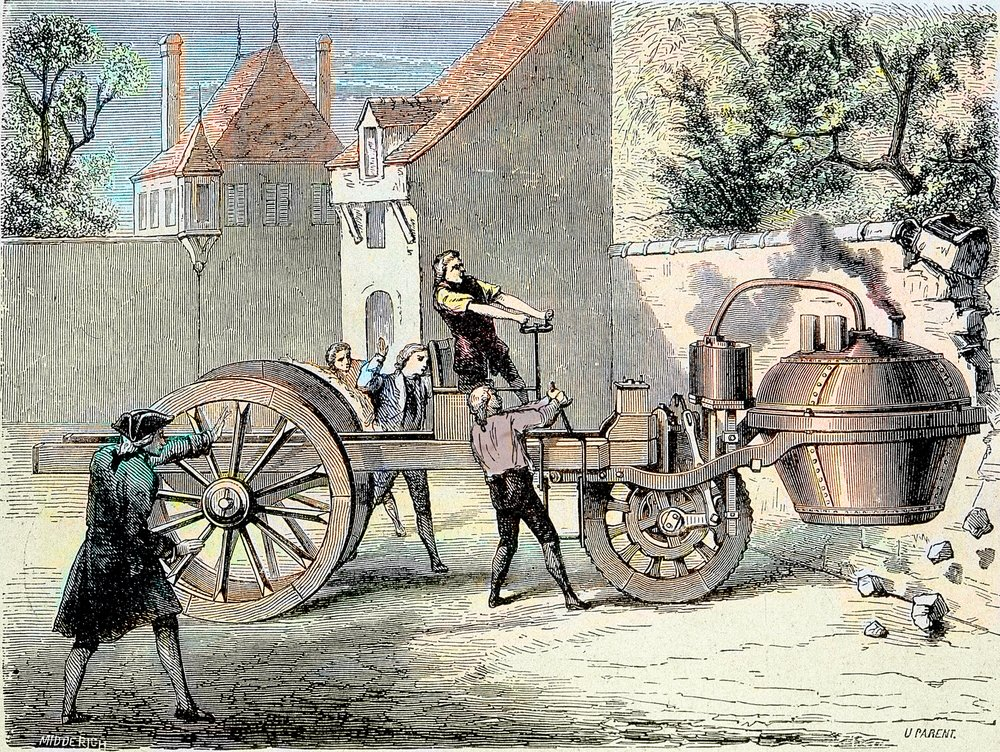
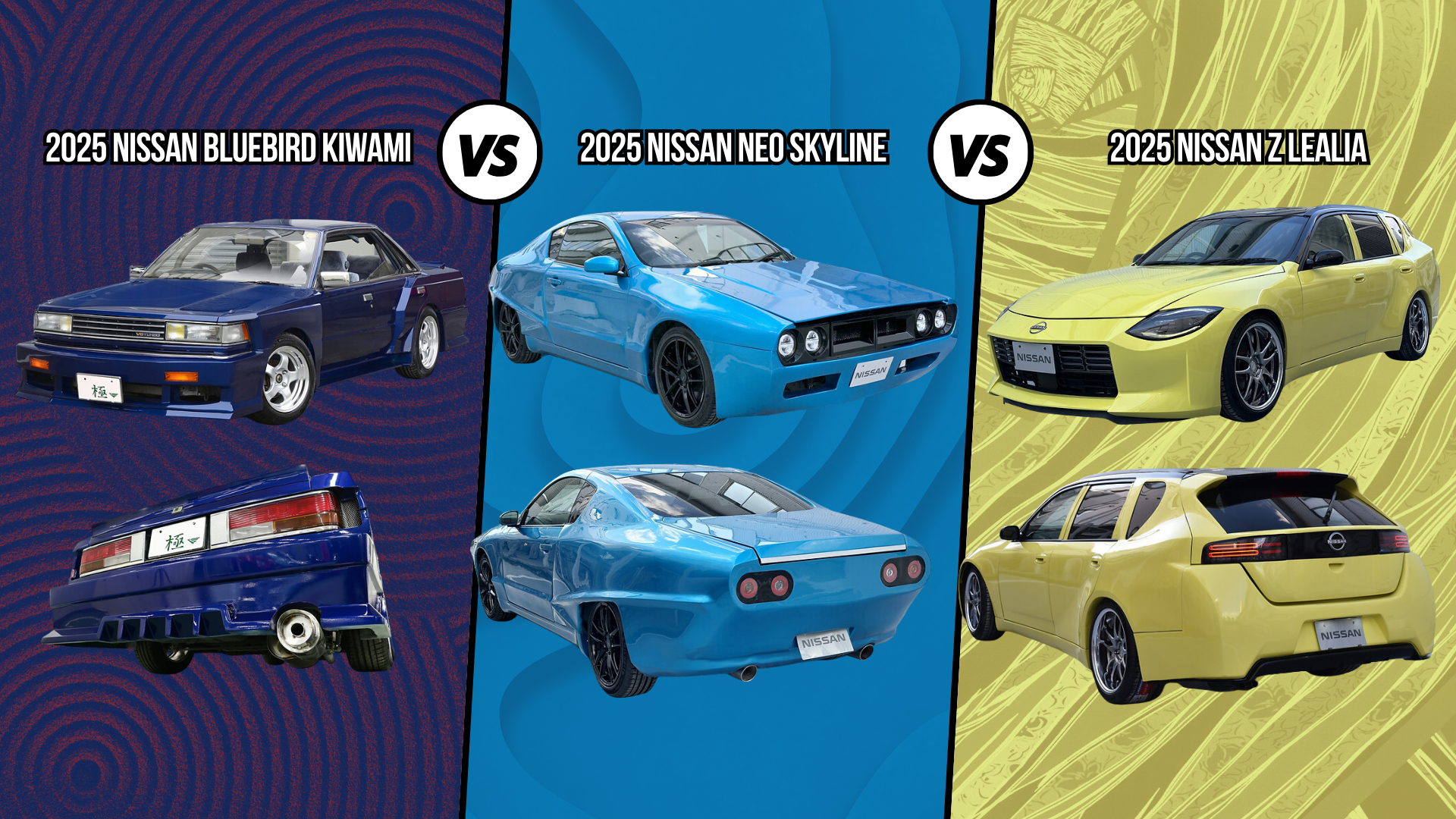

Comments